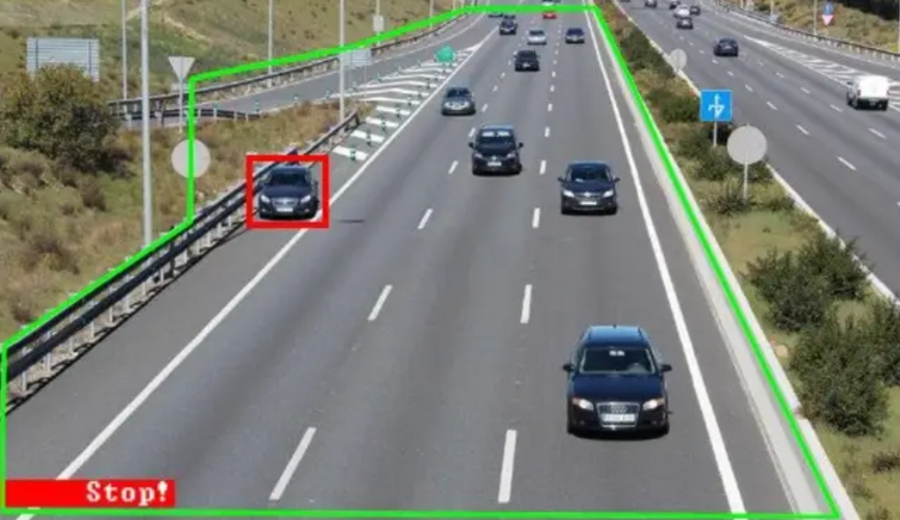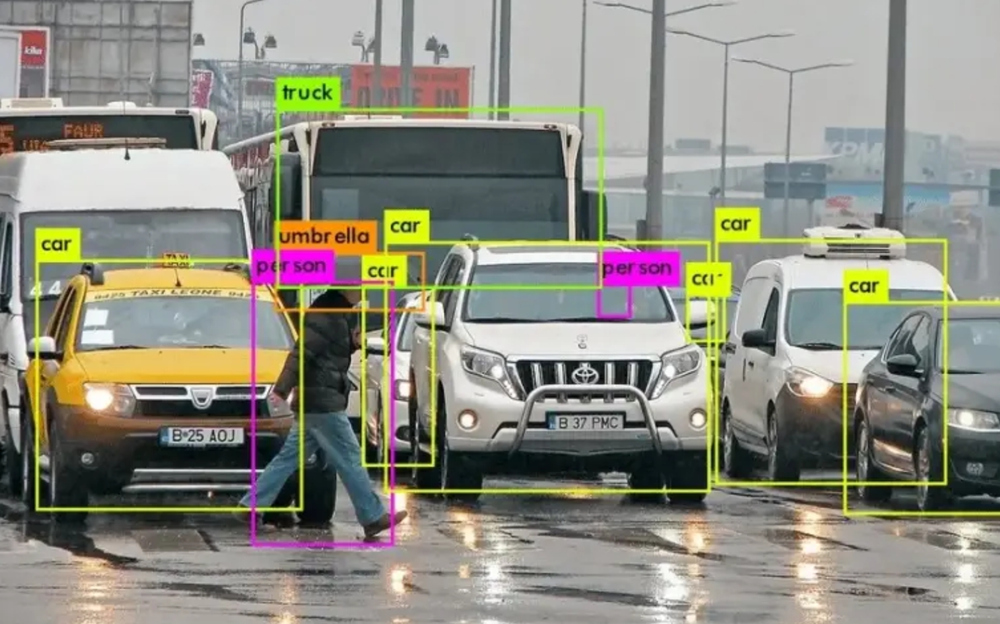Traffic Incident Detection Radar
In the current era of rapid development and continuous upgrading of intelligent transportation systems, traffic incident detection radar, as a key technology in the field of road safety monitoring, is playing an irreplaceable and crucial role. With its precise sensing capabilities and excellent all – weather adaptability, it has successfully overcome many limitations of traditional detection methods. Through the coordinated operation of multi – dimensional data fusion and intelligent algorithms, it can achieve real – time capture and timely early warning of complex traffic incidents.
I. All – weather and Blind – spot – free Dynamic Monitoring
The core advantage of traffic incident detection radar lies in its powerful all – day and all – weather monitoring capabilities. Under severe weather conditions, such as during heavy rainstorms, a large amount of rain can seriously interfere with traditional optical detection equipment, making it difficult to clearly capture road conditions. When the fog is thick and visibility is extremely low, ordinary detection methods are even less effective. However, millimeter – wave radar can, with the good penetration of its high – frequency signals, stably detect road conditions in such harsh environments. The high – frequency electromagnetic waves it emits can easily penetrate rain curtains and thick fog, accurately obtaining key information such as the positions and speeds of vehicles on the road.
Moreover, through the multi – radar networking technology, the coverage of traffic incident detection radar has been greatly expanded. In high – speed driving scenarios, vehicles move fast and their driving trajectories change frequently. A single radar may not be able to track all vehicles in a timely and comprehensive manner. After multi – radar networking, each radar collaborates with others, enabling seamless tracking of high – speed vehicles and accurately grasping their driving states. In congested and slow – moving sections, the distance between vehicles is small and they start and stop frequently, presenting a more complex situation. Multi – radar networking can also ensure accurate monitoring of every vehicle without omission, truly achieving blind – spot – free monitoring.

II. Multi – dimensional Incident Detection Functions
1. Identification of Dangerous Driving Behaviors
Traffic incident detection radar has a strong real – time discrimination ability and can accurately identify various dangerous driving behaviors. In terms of speeding, the radar can monitor the vehicle speed in real – time. Once it detects that a vehicle’s speed exceeds the set speed limit, it will immediately issue an alarm. For lane – crossing and lane – changing behaviors, the radar can precisely monitor the vehicle’s driving trajectory. When a vehicle crosses the lane line, the system can quickly make a judgment. an extremely dangerous behavior, also cannot escape the “eyes” of the radar. It can detect vehicles in a timely manner by comparing the driving direction of the vehicle with that of the normal traffic flow. Abnormal parking can also be accurately identified. Whether a vehicle suddenly stops on the driving lane or parks in a prohibited area, the radar can capture this abnormal situation in a timely manner.
2. Early Warning of Traffic Accidents and Emergencies
Traffic incident detection radar performs outstandingly in the early warning of traffic accidents and emergencies. When an accident occurs, it can instantly capture the abnormal situation in the accident lane, such as changes in the positions of vehicles after a collision and the accumulation of vehicles at the accident scene. It can also keenly sense road debris, avoiding secondary accidents caused by other vehicles being unable to avoid in time. In the dangerous scenario of pedestrians entering the motor vehicle lane, the radar can quickly detect the presence of pedestrians and issue an early warning in a timely manner.
3. Intelligent Judgment of Traffic Conditions
By deeply analyzing key parameters such as traffic flow, speed, and lane occupancy rate, traffic incident detection radar can intelligently identify multiple traffic conditions. When the traffic flow is large and the vehicle driving speed is slow, the radar can determine that the traffic is in a congested state. When vehicles gradually form a queuing and slow – moving situation on the road section, it can also detect it in a timely manner. Moreover, with advanced algorithms, the radar can predict possible future traffic risks based on the current traffic parameters, alleviating traffic pressure.

